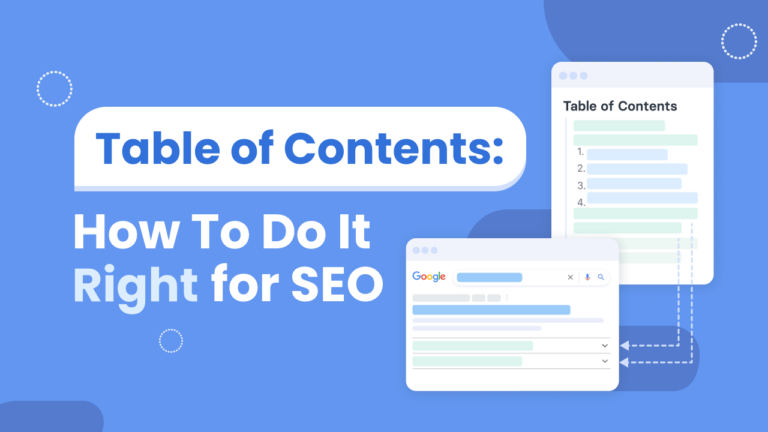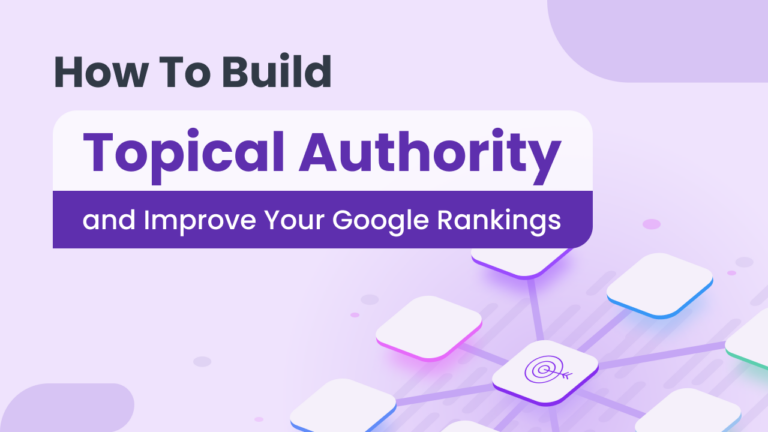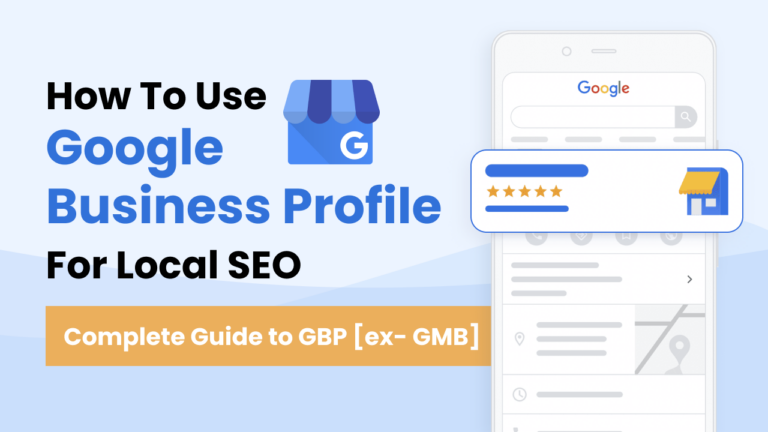In life, it pays to be first.
On Google, position “0” is king.
Strange and seductive as it sounds, zero position puts your content ahead of the pack.
Even zero comes before one in basic arithmetics.
Claiming the zero position means that your content – e.g., a brilliant paragraph you wrote – will be displayed in a featured snippet.
This:

It appears just beneath the search bar and offers a quick answer to the searcher’s question.
Everything else ranks after.
Sure, if you have the dough to pay for an ad, you can outrank the featured snippet. But that doesn’t mean you’ll get more clicks, as position-zero typically gets a much higher click-through rate (CTR) than ads. And on top of that, you won’t need to pay anything to rank so high on search results, so you’ll be saving money.
We’ll look at position zero result types, how to optimize for it, and why 0 matters.
Let’s get started:
What Is Position Zero?
Officially position 0, which is sometimes called P0, doesn’t exist.
It’s an SEO term coined to explain an occurrence where Google displays a featured snippet as the top result instead of a traditional result.
What’s the difference between position zero and normal search results?
Google distinguishes a featured snippet as a result where the text snippet comes before the page link.

With standard results, Google displays the Link, Page Title, and Text Snippet in this listed order.
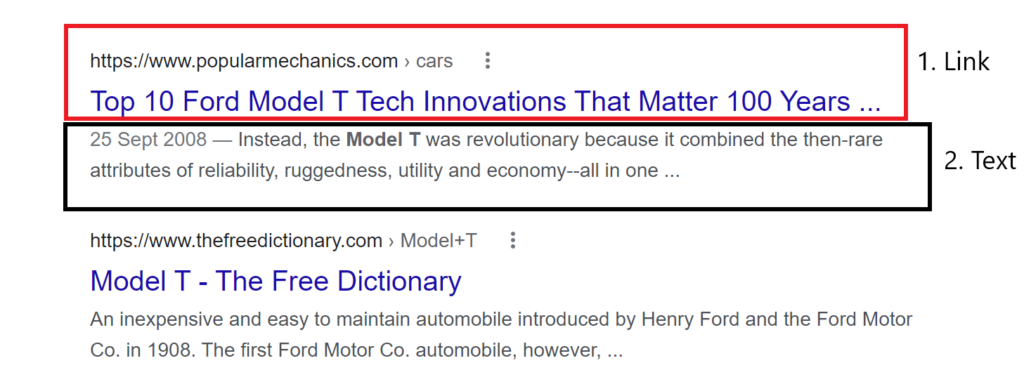
The featured snippets‘ content may comprise:
- Paragraphs – (most popular).
- Lists
- Tables
- Videos
Now, now…
…position zero doesn’t always have to be occupied by a featured snippet.
Google can display other informational boxes as position zero.
Searchers may also see:
- The Knowledge Panel
- People Also Ask
- Top Stories.
A MORE accurate definition of position zero is a spot taken by an information box that outranks traditional search results. The content is organic rather than sponsored content.
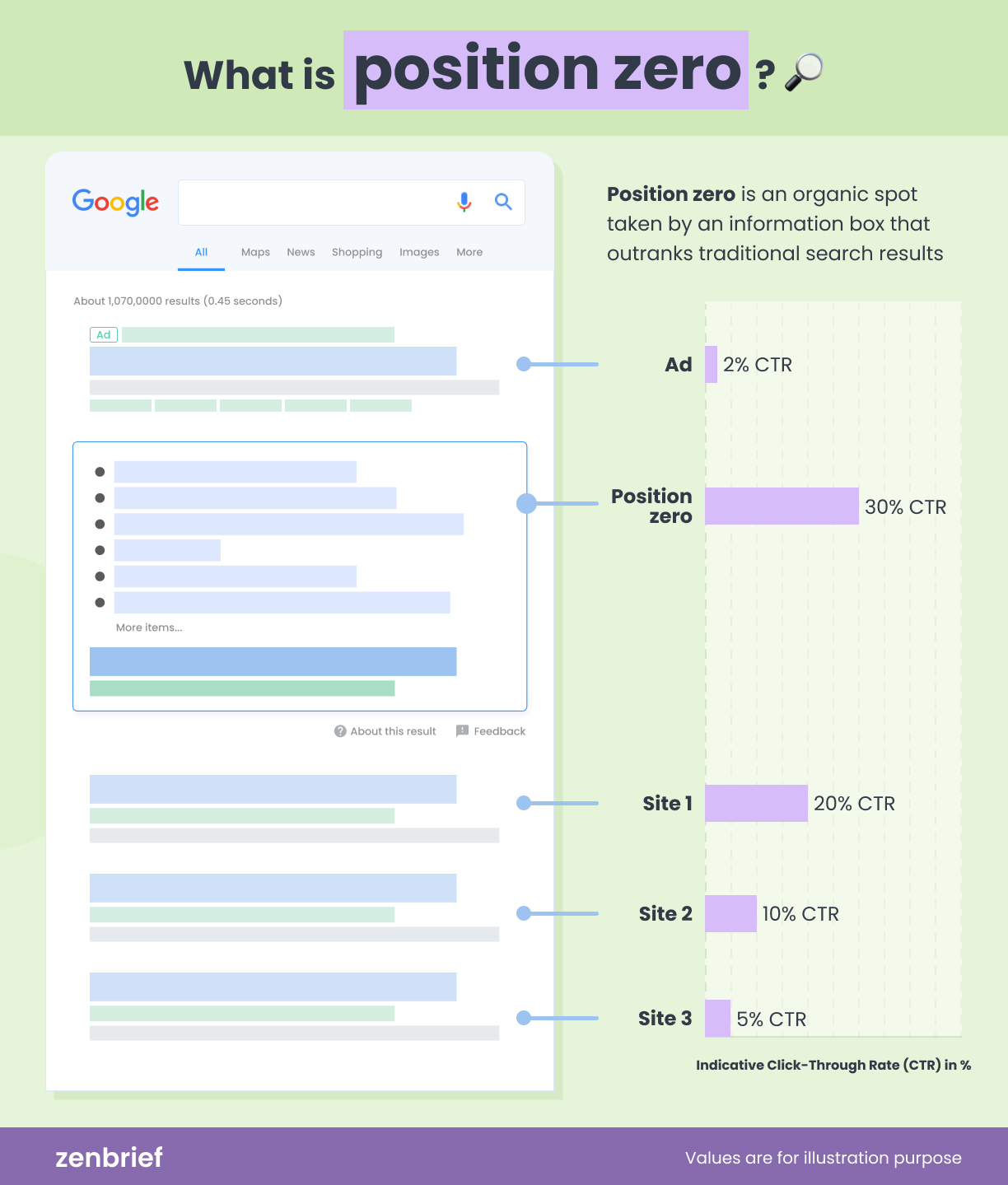
Keep in mind the order of precedence.
Featured boxes outrank knowledge panels and the People Also Ask box, making them highly prized.
Why Is Position Zero Valuable?
You’d think that zero position is great.
But it’s actually not in the interests of marketers and search engine optimization specialists.
Traditionally, the equation was:
One search = One click.
If your website featured among the top ten search results, then it was highly likely that you would get a visit.
Introducing featured snippets was a way for Google to deliver information to the searcher quickly. The featured snippet does in fact reduce the time it takes to find the right answer.
But providing quick answers meant that:
One search = The possibility of a zero-click search.
Top SEO specialists reported impacts on their performance when Google rolled out featured snippets back in 2014.
Luckily…
The deficit has balanced out as more people turn to the web to discover information.
It’s like being forced to sell a product for less profit but selling it to more customers.
The rule of the jungle remains: If you can’t beat Google, roll with it.
Aim to appear in position zero with a featured snippet over any other information box. And you’ll get the following benefits:
- Better industry recognition and authority: Showing up in coveted position 0 builds you up as a thought leader. It demonstrates that your content is all the good things it should be: Expertly written, Trusted, and Informative. And why would Google pick you if you’re not the best of the best?
- Brand awareness and visibility: The featured snippet prominently displays your URL and website name. Even if the searcher doesn’t click on your snippet, you can still benefit from the exposure.
- Better click-thru: You may be ranking on the first page for a particular keyword, but optimizing for the featured snippet is still worth it. The snippet is big and bold. It may even include an attractive image. This discourages searchers from scrolling down the page.
In a SearchEngineLand case study, they reported a 516% increase in the number of sessions on a client page after acquiring the featured snippet. The page’s CTR similarly improved by 8%.
What Is an Example of a Google Search Result That Can Be Found in Position Zero?
You have probably seen featured snippets countless times on Google and Bing, but let’s go through some examples:
#Example 1:

The snippet might be different from what you’re used to because it features two featured images instead of one.
Take note of the specifics. The first image appears to be an original illustration, and the second is a stock image.
#Example 2:
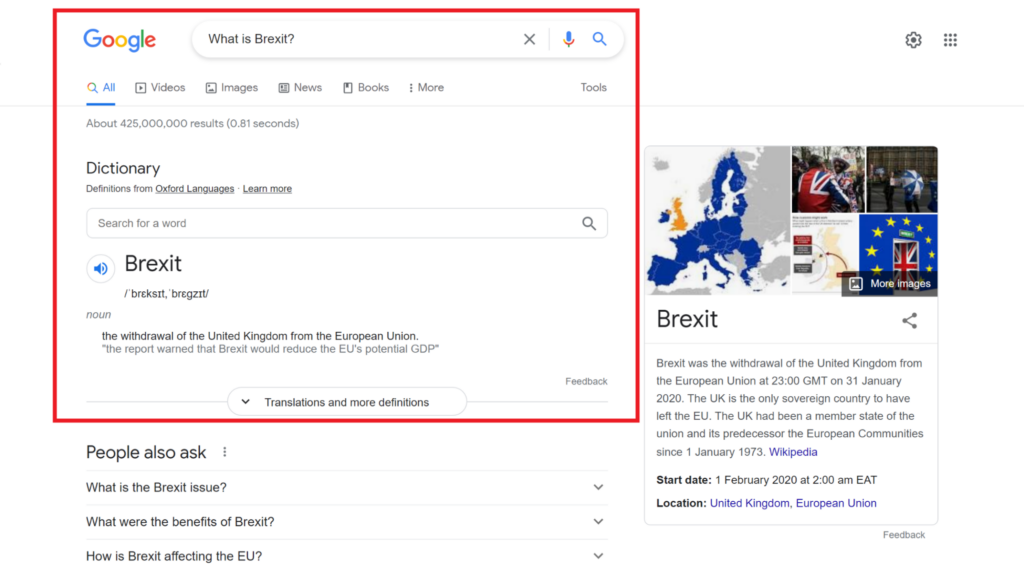
This second example shows that position zero doesn’t always has to be a featured snippet.
We’ve searched for: “What is Brexit?”
And position 0 has been occupied by a dictionary result. The second position is a People Also Ask box.
Here is a curious question:
If Google’s page setting allows 10 results and the page has two information boxes, does it mean that there will be 8 or 10 traditional results?
Keep reading to find out:
How Does Google Count to 10 in Search Results?
Google has a peculiar way of counting from 0 to 10.
In our earlier example, information boxes occupy the first and second search positions.
Google page settings allow 10 results per page.
Logically, it means that we should ideally see 8 traditional results.
We counted, and there were 10 traditional results. But this is not always the case with all search queries with an information box.
Here is a little summary from our experiment:

While ads don’t count towards the limit of 10 search results per page, It’s not really clear how Google sets the cut off point for pages that contain featured snippets, and whether other rich media results such as images or Twitter boxes count towards the Search Engine Results Page (SERP) limit per page.
This tells us something important. You may be position 9 or 10 and still miss out on the first page. This also highlights a great way to grow your site’s organic traffic by prioritizing pages that are currently ranked in such positions. By optimizing those pages to rank one or two position higher means, you’d make them appear on the first page of search results and get a significant click-through rate (CTR) uplift. We use Zenbrief’s Google Search Console integration to do exactly that.
* As of Feb 2022, Google is testing the People Also Search For SERP feature:
It is a bit different from related searches, found at the end of the search results as it ranks in between other SERPs and even as high as position four.
What Are the Different Types of Google Position Zero?
Consider targeting information boxes that can claim position 0, including:
1. Featured snippets
This is an obvious one to target. You can try applying the best practices to appear in featured snippets such as answering commonly asked questions, optimizing the page with keywords, gaining backlinks, and more.
2. Knowledge panel
Appearing on a knowledoge panel is a bit tricky. That’s because Google must first include the information in its knowledge graph. And that information has to be facts-related such as locations, addresses, age, gender, etc. But there is a shortcut. Google regularly features Wikipedia results in the knowledge graph. Obtaining a Wikipedia page for your brand is a good gateway to the knowledge panel. You can check out more ways to get the knowledge panel.
3. Top stories
If your search query is news-related, Google will display the Top Stories SERP feature. How can you get a spot on top stories? Neil Patel shared the following tips to optimize for the news box:
- Produce original news stories
- Write at least two stories a day
- Attract clicks with catchy and keyword-rich headlines
- Build your domain and blog authority
4. Images
An image box SERP can claim position 0. It frequently appears if the search query has a visual intent. For instance, if the user explicitly asks to see an image by searching for Keyword + Pictures/images e.g., “Cute dog pictures.” Optimizing for the image box is not difficult in principle:
- Create original images to accompany your articles
- Use alt tags to label the image clearly
- Optimize the alt tag by including a keyword.
5. Videos
Videos regularly claim position 0 on the main search results. Google shares the following video best practices to help your video get found:
- Create a separate public page where the video is the most prominent element
- Use an appropriate HTML tag
- Submit a video sitemap.
So, we haven’t mentioned People Also Ask because the highest position given to the PAA box is the number two spot from our observations. It tends to appear after 1 traditional search result or below the featured snippet.
Still want to optimize for PAA boxes? We have some tips on ways to rank for People Also Ask.
How Do You Get to Rank 0?
Ranking on position 0 is as good as ranking on the first page. In fact, it may be a prerequisite.
According to an Ahrefs study in 2017, Google has a 99.58% chance of picking a result in the top 10 results for the position 0 spot.
At the time of the study, a result could appear twice on the first page (on both the featured snippet and among the traditional results).
But following Google’s move to deduplicate featured snippets on January 22nd, 2020, featured snippet results don’t appear on the page again.
After the deduplication, position 0 essentially became position one.
That said, how do you increase your chances of getting featured on position 0?
Follow these tips:
Step 1: Don’t miss an opportunity to answer a potential question
The guidance here is quite simple.
When you cover any topic, address popular questions that people ask.
Consider including questions in the body or a separate FAQ. The questions can be formatted as:
- How to…with list format
- What is…
- How do you…
- Which is…
- What are the…
If a question is important, feature it higher up on the page, as this tells Google how important it is.
You don’t have to spoon-feed Google every time. You can cover potential questions naturally without writing question-style headers.
Don’t know how to find questions? Just use the following tips:
- Exploring the People Also Ask section for the target keyword or topic;
- Mine questions on question and answer websites such as Quora, Reddit, or forums;
- Research competing articles to find questions covered in their content;
- Use Zenbrief’s content brief feature for a done-for-you approach. It will retrieve Google’s People Also Ask questions for a variety of relevant topics and extract the outline of competing articles, allowing you to get inspired to build your own.
Step 2: Make your answer better and more factual
Aim to have the most comprehensive and up-to-date answer.
But be smart with the answer structure.
Ideally, you should answer the question of who, what, when, or why in the first two to three sentences because the optimum length for a paragraph featured snippet is between 40 to 50 Words (up to 300 characters).
Step 3: Prioritize short sections, and lots of headers
Headers explain to search engines like Google what a section is all about. That makes the page easier to understand and categorize for the featured snippet or PAA.
Headers also provide hierarchy and are quite instrumental when writing a list.
You’ll also vastly improve the user experience by ditching text walls for short paragraphs and sections. That’s because users find information faster in an article with many headers and short sections.
A general rule is to have at least one header for every 250 words.
Step 4: Use original and appropriate images
Many featured snippets have an accompanying image.
It’s also well established that great images can increase your chances of ranking on relevant results and image search.
Should you use stock images?
Yes, there are better than none. Still, original images may be better. If you’re using stock images, pay attention to the optimization as you’ll be competing with people who are relying on the same image.
You can also produce original illustrations and infographics to accompany your articles. Google likes them as well.
Step 5: Optimize for long-tail keywords
Back to the basics…
A long-tail keyword is a search phrase with four terms or more.
It produces ultra-focused search results compared to short-tail keywords that can have diverging intents, for instance, “Dog sneezing vs. Why does my dog sneeze more in summer?”
Targeting a long tail keyword gives you a better chance of featuring on a featured snippet, particularly where competition is low.
The specific nature of long-tail keywords increases the conversion value by attracting the right searcher.
Here is an example for an article we published about the best keywords clustering tools.
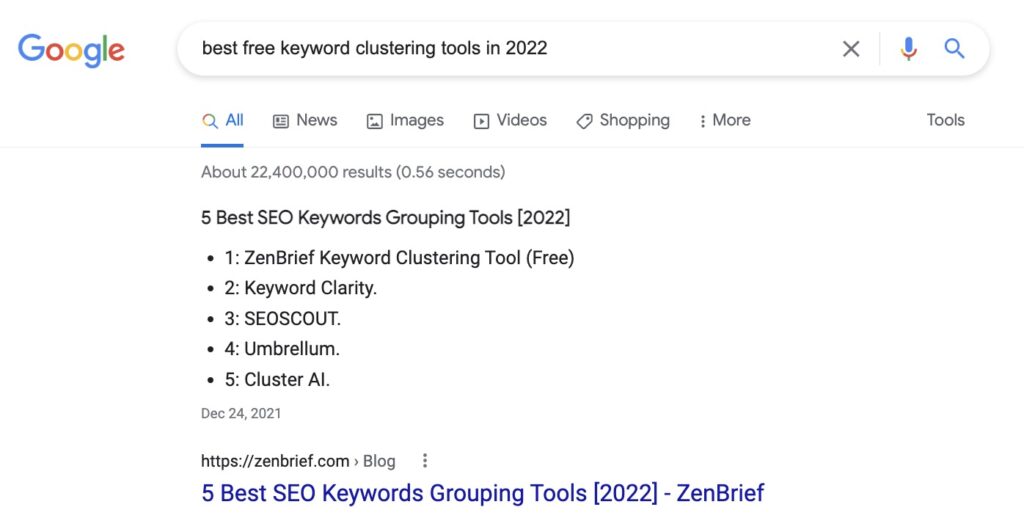
Step 6: Follow other great SEO recommendations
Getting featured on position 0 is as good as clinching the first position on Google. Yeah, it’s worth repeating twice.
Appearing on page 1 takes a little bit of effort and maintaining the best page quality. The following tested tips can help:
- Perform keyword research with a focus on finding related keywords to target, rather than one main keyword;
- Use internal links to increase the topical authority of the page and back-up with your claims with external links from authoritative sources.
- Consider optimizing content that is already ranking for keywords on Google (update it, make it more comprehensive, add pictures, etc.);
- Build a backlink profile with natural links. Focus on the quality of the links rather than the quantity.
- Provide the highest-quality content that gives searchers what they are looking for and entices other webmasters to link to your pages.
While this appears to be a lot of work, it’s definitely worth it. We use Zenbrief to automate the keyword research, keyword optimization, and to find relevant internal links and external links.
How to Identify Position Zero Opportunities
Clinching a featured snippet opportunity is a great way to drive more traffic to your website. You can find opportunities in two main ways:
Strategy 1: Replace an existing featured snippet
You can replace a page that already provides a featured snippet.
Start by researching competing pages with a featured snippet.
Then, ask:
- Is the page up-to-date?
- Is the answer comprehensive?
- Does it contain inaccuracies?
- How many referring domains does the page have?
If the answer has any weaknesses, you can replace it by providing a more comprehensive, factual, and up-to-date answer.
We do know that Google is only interested in providing the best result and constantly tests multiple answers.
You can also improve the page in other ways, such as acquiring more backlinks or adding more images.
For the best optimization results, focus on queries where your pages are ranking among the top 10 results. Google Search Console can help you identify those queries.
Strategy 2: Start ranking for an entirely new snippet
Google selects queries where it deems appropriate to provide a featured snippet.
While you can’t influence this decision, it’s essential to know how they make it to increase your chances.
We know that Google first determines if the query is asking a question.
Next, it programmatically detects all the pages providing an answer to the query, evaluates their quality, and displays the best answer.
An Aherfs study focusing on 112 million keywords discovered that about 12% had a featured snippet. If you can find 78% of chances out there, you can better prepare.
Tip: Use a keyword research tool that tells you if a particular keyword has a featured SERP. You can then optimize your pages appropriately as you write new content.
Does Position “0” Help Voice Search?
Yes, and don’t take it from us. See it for yourself on Google.
Conduct a simple experiment to see how position 0 stands out in a voice search.
On a voice-enabled device, search for “What is SEO writing.”
Two things will happen.
Google will load the SERP page —and read the featured snippet.
Currently, Hubspot is providing the featured snippet for this query, and Google starts by saying, “According to Hubspot, SEO writing is…”
It won’t bother reading the rest of the results. So, you get the mention, which makes claiming position zero valuable for voice search.
Conclusion
The bottom line is that zero position is a good place to be.
It can mean more traffic, better visibility, and increased authority.
Optimizing for it may not be straightforward, so you have to get down to the basics: improving your website, providing better answers, covering questions, optimizing well-performing pages, and writing exhaustive content.



